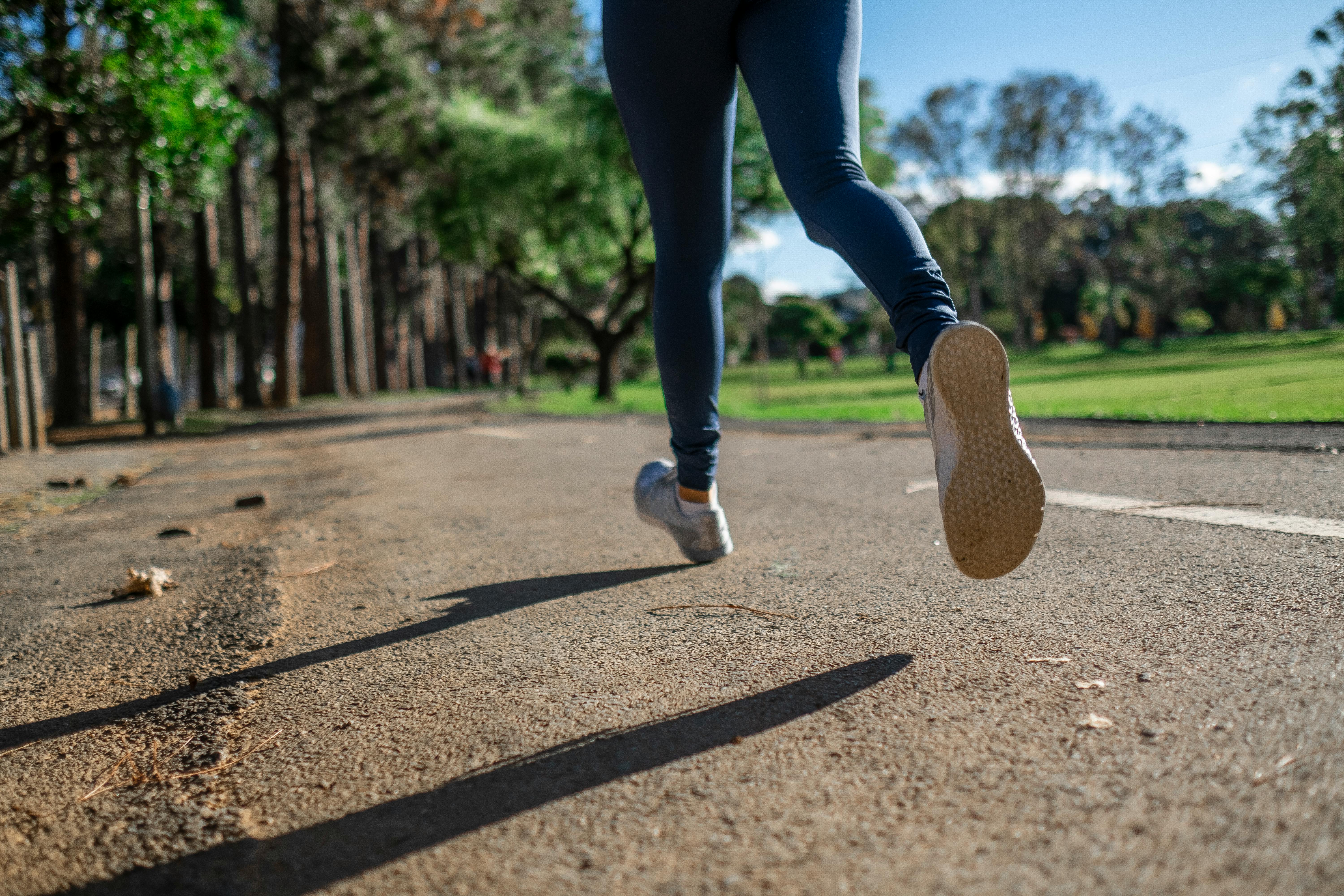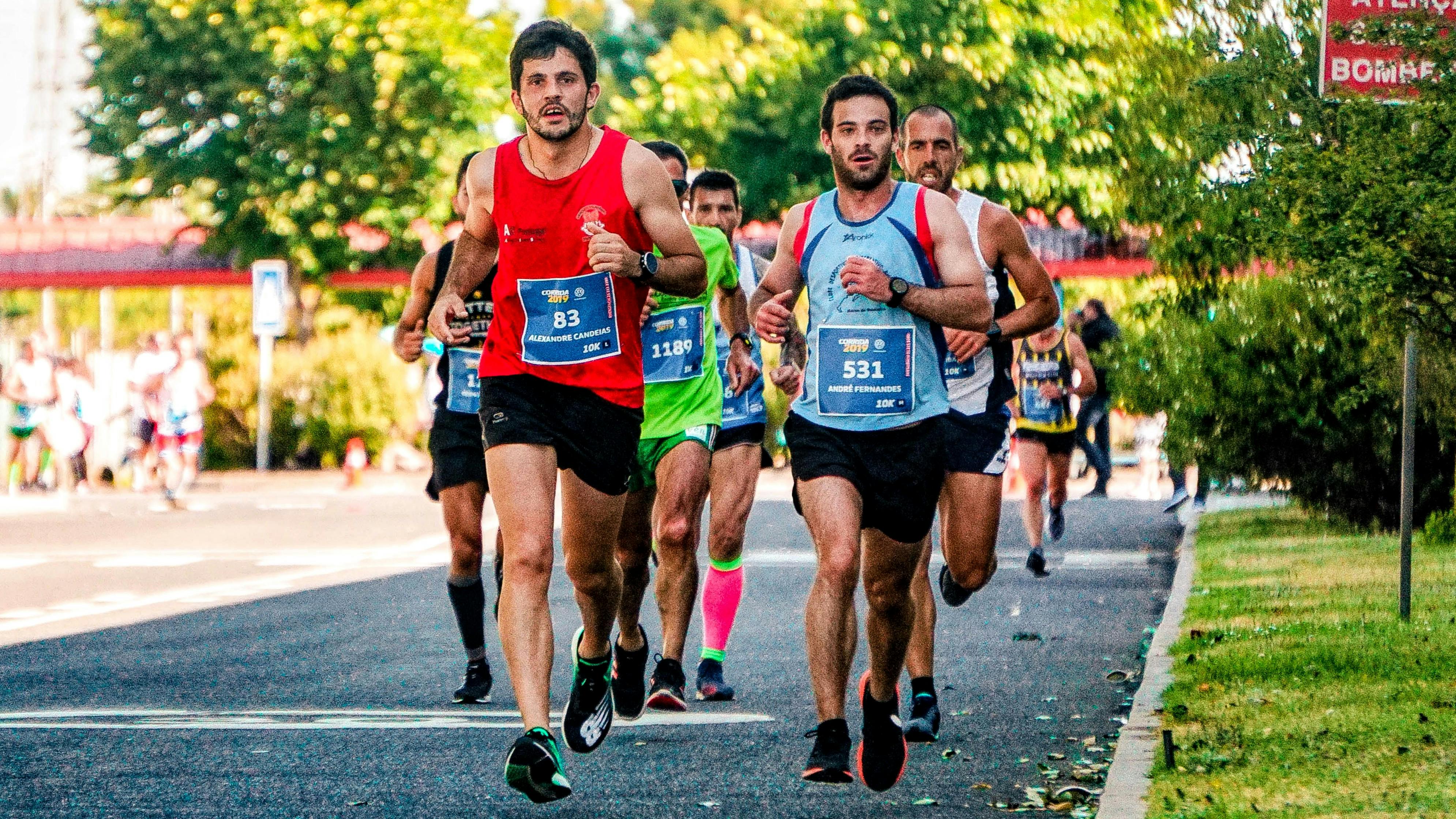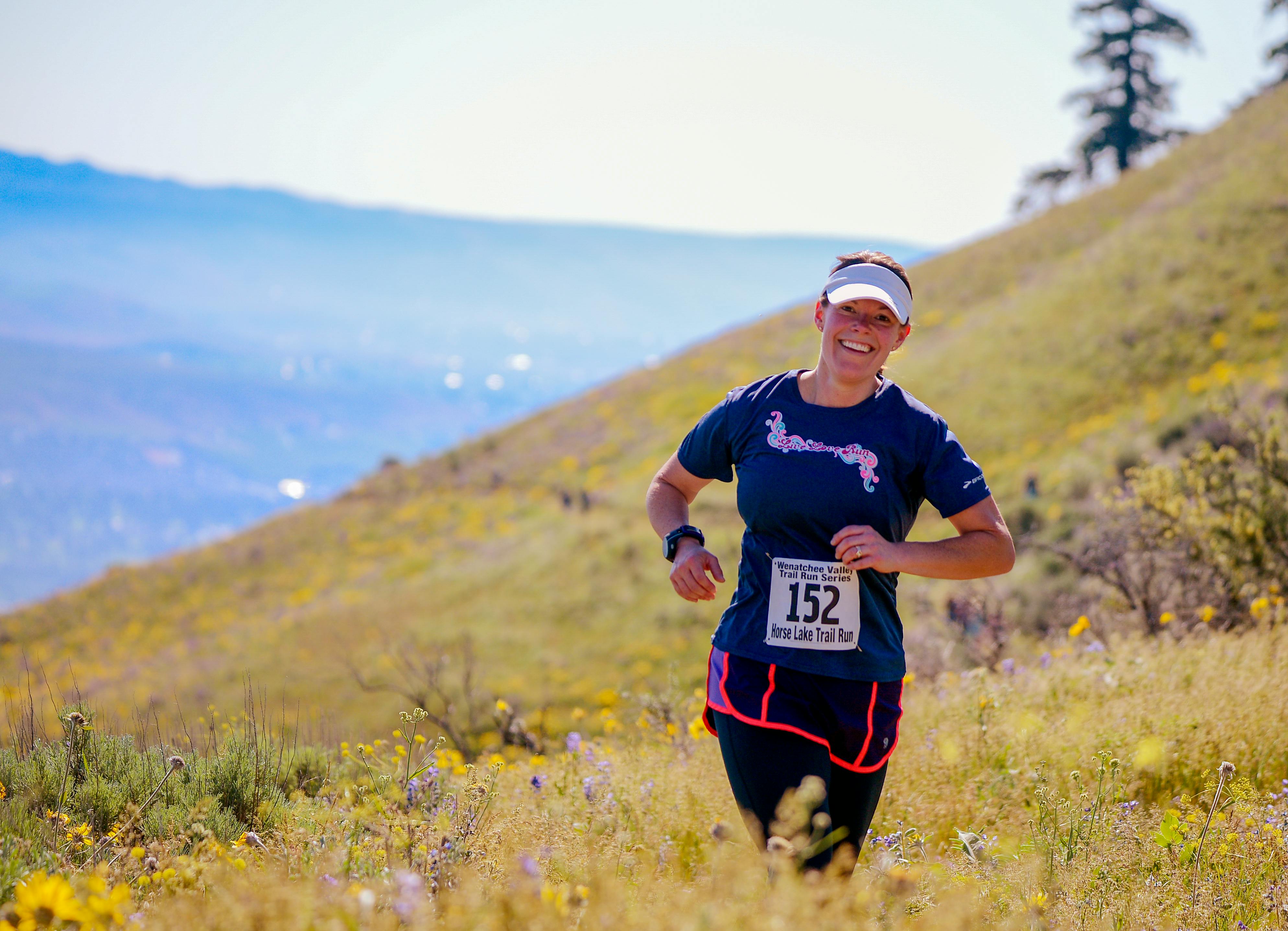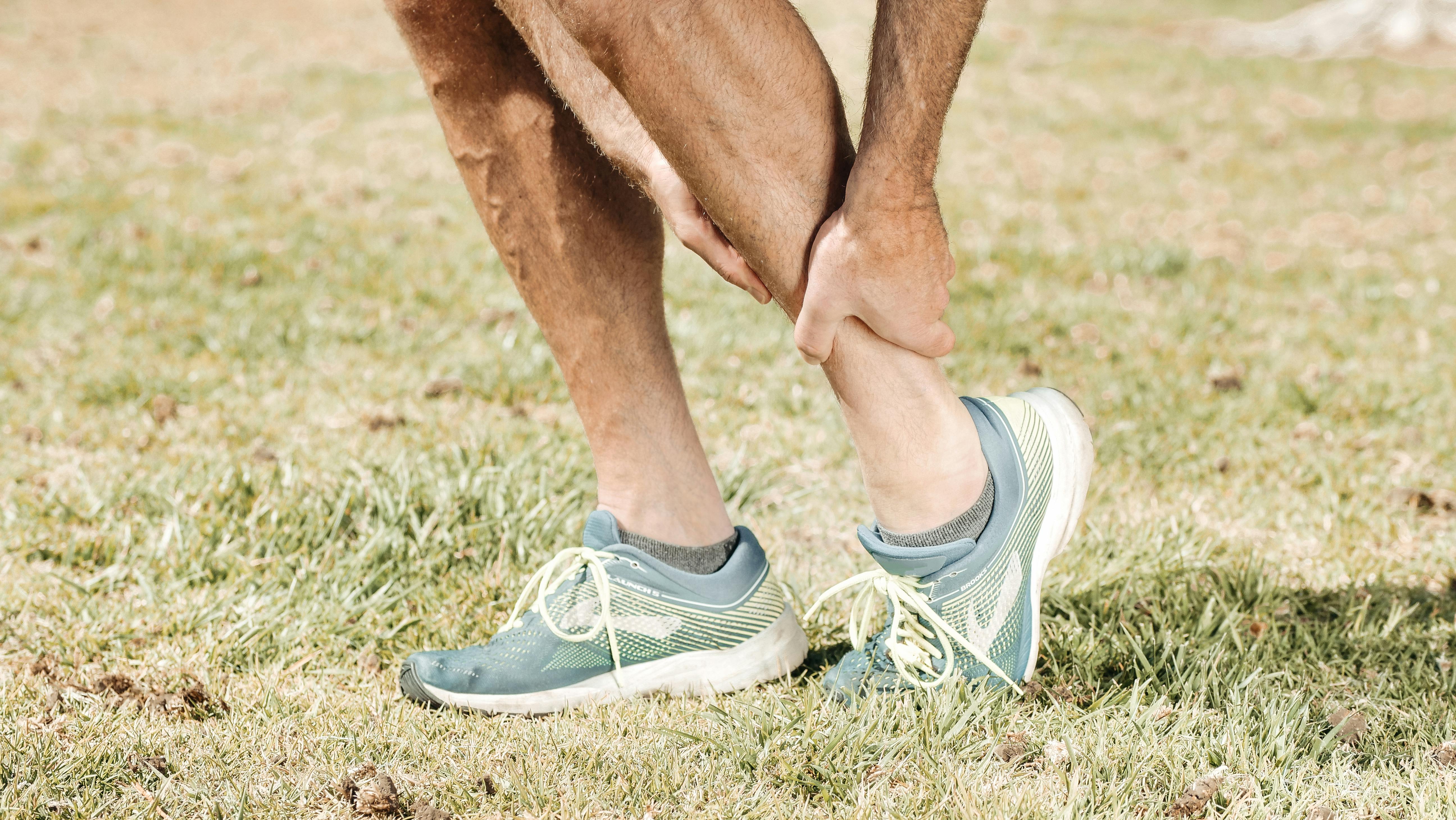Beginner Running Guides
Everything you need to know to start running properly, build consistency, and enjoy the journey.

Couch to 5K Training Guide
Our complete 8-week plan to take you from zero to running your first 5K with confidence and enjoyment.
Start Now →
The Walk-Run Method Perfected
Master the scientifically proven walk-run approach that makes starting to run easier and more enjoyable.
Read Guide →
Running Form Fundamentals
Simple adjustments to your running form that improve efficiency and help prevent common injuries.
Read Guide →
Building Consistency
Practical strategies to make running a habit that sticks, even when motivation fades or life gets busy.
Read Guide →
The Beginner's Gear Guide
What you actually need (and what you don't) to start running comfortably without breaking the bank.
Read Guide →
Pain vs. Discomfort
Learn to distinguish between normal training discomfort and warning signs that require attention.
Read Guide →
Beginner's Guide to Running Terminology
Decode the language of running and understand common workout terms you'll encounter on your journey.
Read Guide →
Breathing Techniques for New Runners
Master proper breathing patterns that make running feel easier and more comfortable from day one.
Read Guide →
How to Make Running Fun
Creative strategies to enjoy your runs more, transforming exercise into something you look forward to.
Read Guide →
Running on a Budget
Smart ways to enjoy running without expensive gear or race fees, making the sport accessible to everyone.
Read Guide →
Finding Your Community
How to connect with fellow runners, both in-person and virtually, for motivation and friendship.
Read Guide →
Running for Weight Management
Realistic expectations and smart strategies for incorporating running into a sustainable weight management plan.
Read Guide →
